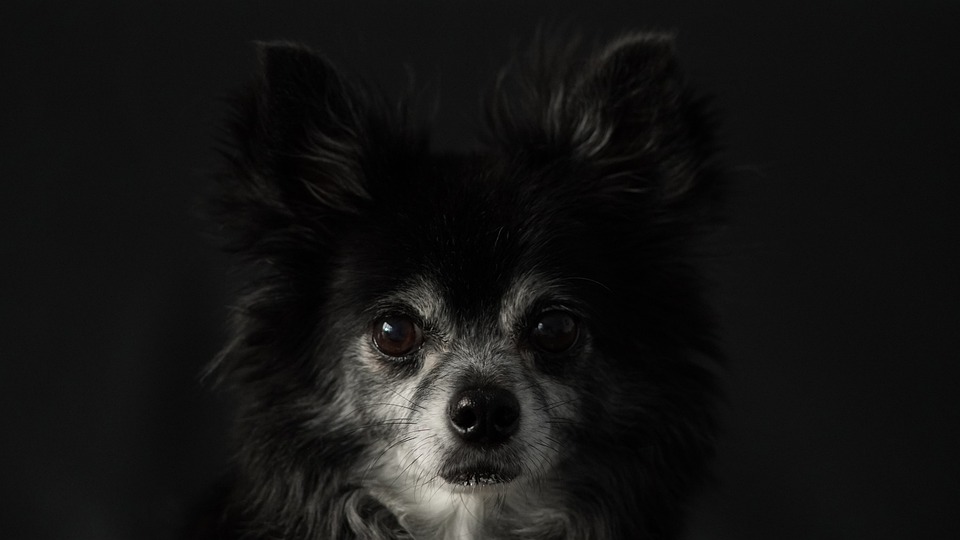Introduction:
As dog owners, we all want the best for our furry friends. Just like humans, dogs also benefit from regular exercise to maintain their overall health and well-being. However, it is crucial to understand the importance of a proper warm-up routine before engaging in any physical activity with your canine companion. In this article, we will explore why a warm-up routine is essential for dogs and how it can contribute to their overall fitness and injury prevention.
I. What is a Warm-Up Routine?
A. Definition and Purpose
A warm-up routine is a series of exercises and activities performed before engaging in more intense physical activity. Its purpose is to prepare the body for exercise by gradually increasing heart rate, blood flow, and body temperature. This helps to loosen up muscles, improve flexibility, and reduce the risk of injury.
B. Similarities with Human Warm-Ups
Just like humans, dogs can benefit from a warm-up routine that includes similar components. Both humans and dogs need to gradually increase their heart rate, warm up their muscles, and prepare their joints and ligaments for physical activity.
C. Tailoring the Routine to Your Dog’s Needs
It is essential to tailor the warm-up routine to your dog’s specific needs and fitness level. Factors such as age, breed, size, and overall health should be taken into consideration when designing a warm-up routine for your furry friend. Consulting with your veterinarian can help ensure that the routine is appropriate and safe for your dog.
II. Benefits of a Warm-Up Routine for Dogs
A. Enhancing Flexibility and Range of Motion
A proper warm-up routine helps to increase your dog’s flexibility and range of motion. This is especially important for older dogs or those with arthritis or joint issues. Stretching exercises included in the warm-up routine can help improve joint mobility and prevent stiffness.
B. Increasing Blood Flow and Oxygenation
A warm-up routine increases blood flow and oxygenation to the muscles, preparing them for physical activity. This ensures that the muscles receive the nutrients and oxygen they need to perform optimally. Increased blood flow also helps to remove waste products and toxins from the muscles, reducing the risk of muscle cramps and fatigue.
C. Preparing Muscles, Joints, and Ligaments
Engaging in a warm-up routine helps to warm up the muscles, joints, and ligaments, making them more pliable and less prone to injury. This is especially important for activities that involve sudden or repetitive movements, such as agility training or running.
D. Mental Preparation and Focus
A warm-up routine not only prepares the body but also the mind. It helps your dog transition from a resting state to an active state, enhancing mental focus and readiness for exercise. This can lead to better performance and enjoyment during physical activities.
III. Components of an Effective Warm-Up Routine
A. Brisk Walk or Light Jog
Start the warm-up routine with a brisk walk or light jog to gradually increase your dog’s heart rate and warm up the muscles. This also helps to mentally prepare your dog for the upcoming exercise session.
B. Gentle Stretching Exercises
Include gentle stretching exercises to improve flexibility and range of motion. Focus on stretching major muscle groups such as the legs, back, and neck. Avoid overstretching and never force your dog into uncomfortable positions.
C. Basic Agility Exercises
Incorporate basic agility exercises such as weaving through cones or jumping over low hurdles. This helps to warm up the muscles and joints while also improving coordination and balance.
D. Mental Stimulation Activities
Include mental stimulation activities such as obedience training or puzzle toys in the warm-up routine. This helps to engage your dog’s mind and improve focus and concentration.
IV. Frequently Asked Questions (FAQs)
Q1. Why is a warm-up routine necessary for my dog?
A warm-up routine is necessary to prepare your dog’s body for exercise, reduce the risk of injury, and enhance overall performance.
Q2. How long should a warm-up routine last?
The duration of a warm-up routine can vary depending on your dog’s fitness level and the intensity of the upcoming activity. As a general guideline, aim for a warm-up routine of 5-10 minutes.
Q3. Can I skip the warm-up if my dog is already active throughout the day?
No, even if your dog is active throughout the day, a warm-up routine is still necessary to prepare the body and mind for specific exercise or training sessions.
Q4. Are there any specific warm-up exercises for different dog breeds?
While the basic components of a warm-up routine remain the same, certain breeds may benefit from additional exercises or modifications based on their specific needs. Consult with your veterinarian or a professional dog trainer for breed-specific warm-up recommendations.
Q5. Can a warm-up routine prevent injuries in dogs?
Yes, a proper warm-up routine can help prevent injuries by preparing the muscles, joints, and ligaments for physical activity, increasing blood flow and oxygenation, and enhancing flexibility.
Q6. Can I warm up my dog indoors during colder weather?
Yes, you can perform a warm-up routine indoors during colder weather. Modify the exercises to suit the available space and ensure the safety of your dog.
Q7. Are there any signs that indicate my dog needs a longer warm-up?
If your dog is older, has joint issues, or has been inactive for an extended period, they may benefit from a longer warm-up routine. Look for signs of stiffness or discomfort during the warm-up exercises and adjust accordingly.
Conclusion:
Incorporating a proper warm-up routine before exercise is crucial for maintaining your dog’s health and preventing potential injuries. By enhancing flexibility, increasing blood flow, and preparing muscles and joints, you can ensure that your furry friend is ready for physical activity. Remember to tailor the warm-up routine to your dog’s specific needs and always consult your veterinarian for any specific concerns or conditions. So, the next time you plan a workout session with your dog, don’t forget to invest a few extra minutes in an effective warm-up routine – your dog will thank you for it!









